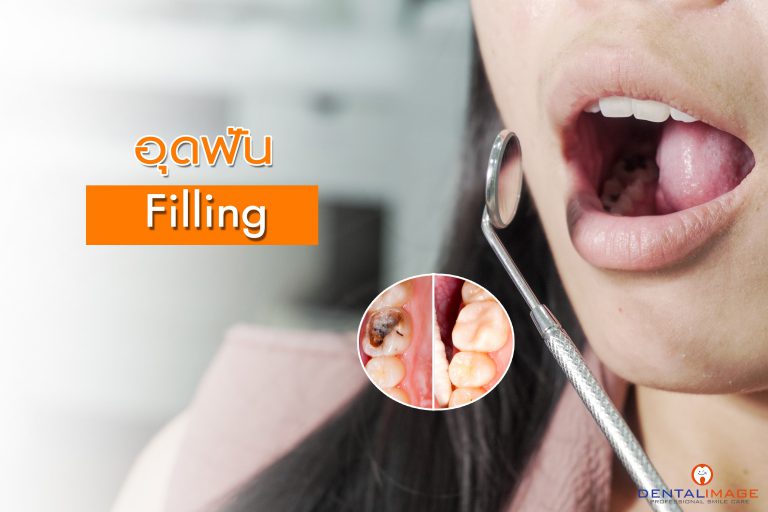
Filling is a dental restorative material used to restore the function,integrity and morphology of missing tooth structure . The structural loss typically results from caries or external trauma.
To treat a cavity your dentist will remove the decayed portion of the tooth, cleans the affected area, and then “fill” the area on the tooth where the decayed material was removed. If decay or a fracture has damaged a large portion of the tooth, a crown, or cap, may be recommended. Decay that has reached the nerve may be treated in two ways: through root canal therapy (in which nerve damaged nerve is removed) or through a procedure called pulp capping (which attempts to keep the nerve alive).
Fillings are also used to repair cracked or broken teeth and teeth that have been worn down from misuse (such as from nail-biting or tooth grinding).
There are 2 materials for filling.
Amalgam – Silver amalgam tooth fillings is stong and durable. Traditional amalgam tooth fillings of lower cost compared to other types of fillings and is completed in just one visit. However, amalgam fillings is less attractive and may have a tendency to expand and contract, meaning that it may cause a tooth to crack as compared with other filling materials.
Composite resin – Dental composites, also called “white fillings”, are a group of restorative materials used in dentistry. It is a tooth-colored making them a popular choice as they are aesthetically pleasing.
Only dentist can detect whether you have a cavity that needs to be filled. During a checkup, your dentist will use a small mirror to examine the surfaces of each tooth.
Anything that looks abnormal will then be closely checked with special instruments. Your dentist may also X-ray your entire mouth or a section of it. The type of treatment your dentist chooses will depend on the extent of damage caused by decay.
Filling Fee
- Filling 800 – 3,000 bath per tooth


 EN
EN